Anmitsu: The Fantastic Story Behind this Dessert!

Savannah Walker
Posted on July 29, 2024
Share:
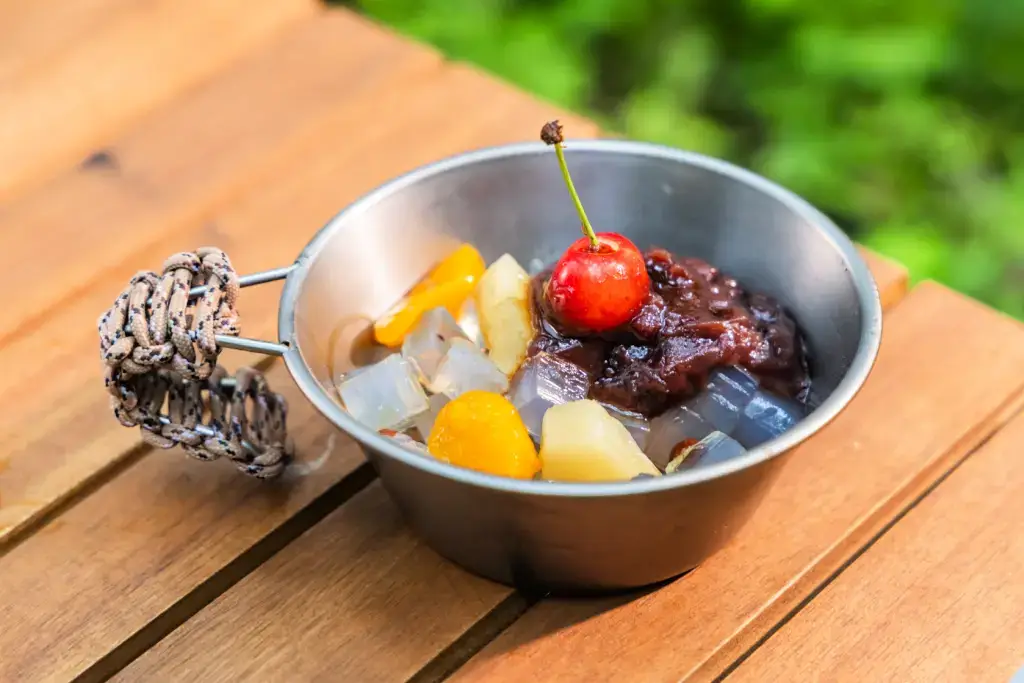
Anmitsu is a delightful treat made of sweet and chewy components. It has been a favorite in Japan for generations. But what exactly is this desert, and why has it captured the hearts of so many? Let us dive into this delicious Japanese sweet’s history, ingredients, and variations.
What is anmitsu?
Anmitsu is a traditional Japanese dessert that perfectly combines various textures and flavors. It typically consists of small cubes of agar jelly (kanten), sweet red bean paste (anko), and fresh fruits like mandarin oranges. The dish is usually topped with a drizzle of kuromitsu, a thick and sweet black sugar syrup, which you pour over the dessert before eating.
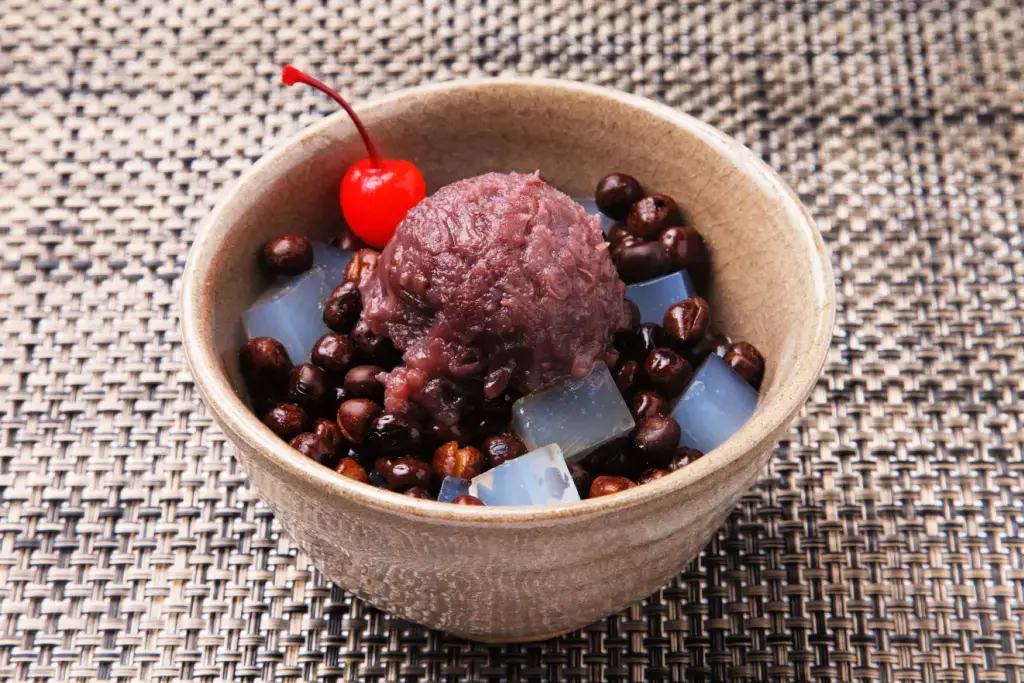
The foundation of it is kanten agar, a jelly made from red algae. This ingredient is what gives its distinctive chewy texture. This can be enjoyed in its classic form or with various toppings and additions, making each serving a unique experience.
Where did it come from?
Anmitsu originated during the Meiji period (1868-1912), when Japan opened up to Western influences and new culinary techniques. The name “anmitsu” combines “an” (sweet red bean paste) and “mitsu” (syrup), highlighting its key ingredients. This emerged during this era as a popular dessert, combining traditional Japanese ingredients like anko and kanten with the novel idea of a mixed dessert bowl.
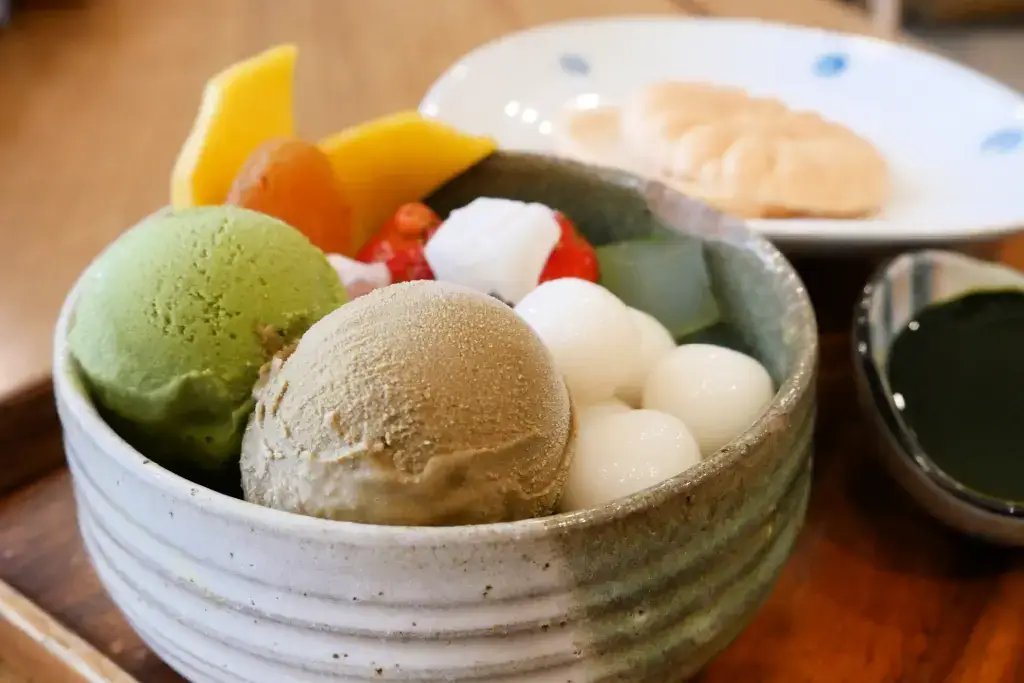
How do I make it?
Making anmitsu at home can be a fun experience for all! To prepare the agar jelly, dissolve kanten powder in water and bring it to a boil. Pour it into a mold, set it in the refrigerator until firm, and cut it into small cubes. To make the shiratama dango, mix sweet rice flour with water to form a dough, roll it into small balls, and boil them until they float. Cool the dango in ice water.
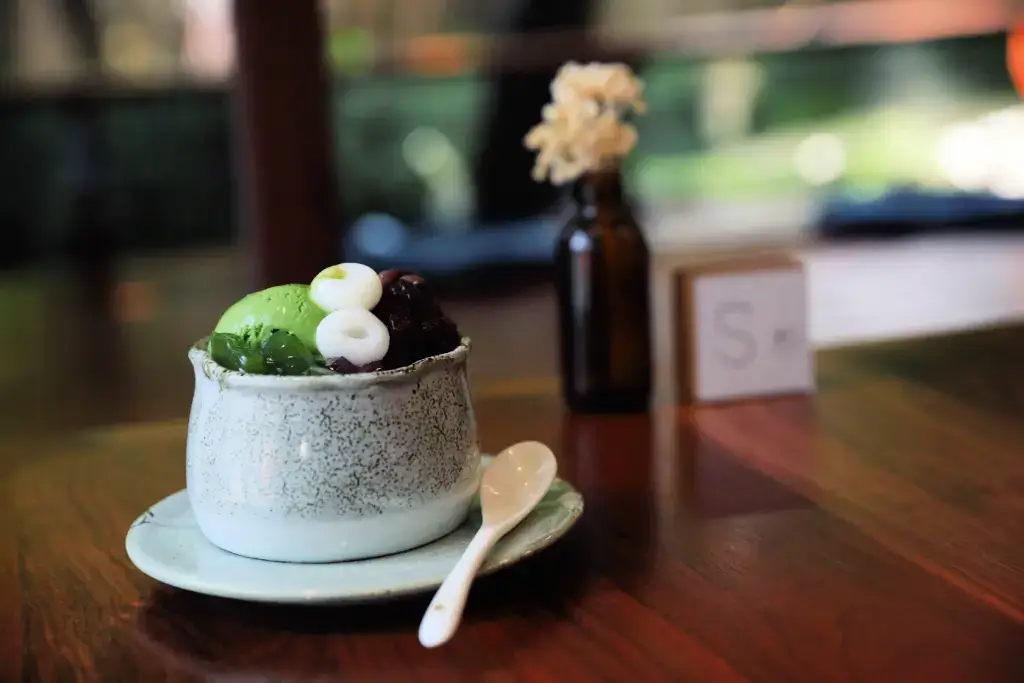
To assemble it, arrange the agar jelly cubes, fruits, and shiratama dango in a bowl. Add a scoop of anko and pour kuromitsu over the top. Add a scoop of vanilla ice cream for a cream anmitsu variation for an extra twist.
Are you looking for amazing wagashi like anmitsu? Check out Sakuraco! Sakuraco delivers traditional Japanese snacks, teas, sweets, and snacks from local Japanese makers directly to your door so you can experience more of Japan’s rich culture.
Are there any variations of anmitsu?
Anmitsu is a versatile dessert with several variations to suit different tastes! Mitsumame is similar to it but typically uses sweetened beans instead of anko. The cream version includes a scoop of ice cream for an extra creamy texture, while fruit anmitsu focuses more on the variety of fruits, making it a lighter option.
Where can I enjoy anmitsu?
While making this dish at home is fun, enjoying it at a traditional Japanese sweets shop is essential for an authentic experience. Here are three renowned places in Tokyo where you can savor this delicious treat:
Mihashi
Mihashi, located in Ueno, is a beloved destination for dessert enthusiasts. This shop has earned a reputation for its dedication to quality. They use only the freshest and highest-quality ingredients, ensuring each bite is a delightful experience. The anmitsu at Mihashi is beautifully presented, often resembling a work of art. Customers can choose from various toppings, including seasonal fruits, ice cream, and shiratama dango, for a personalized and exquisite dessert experience.
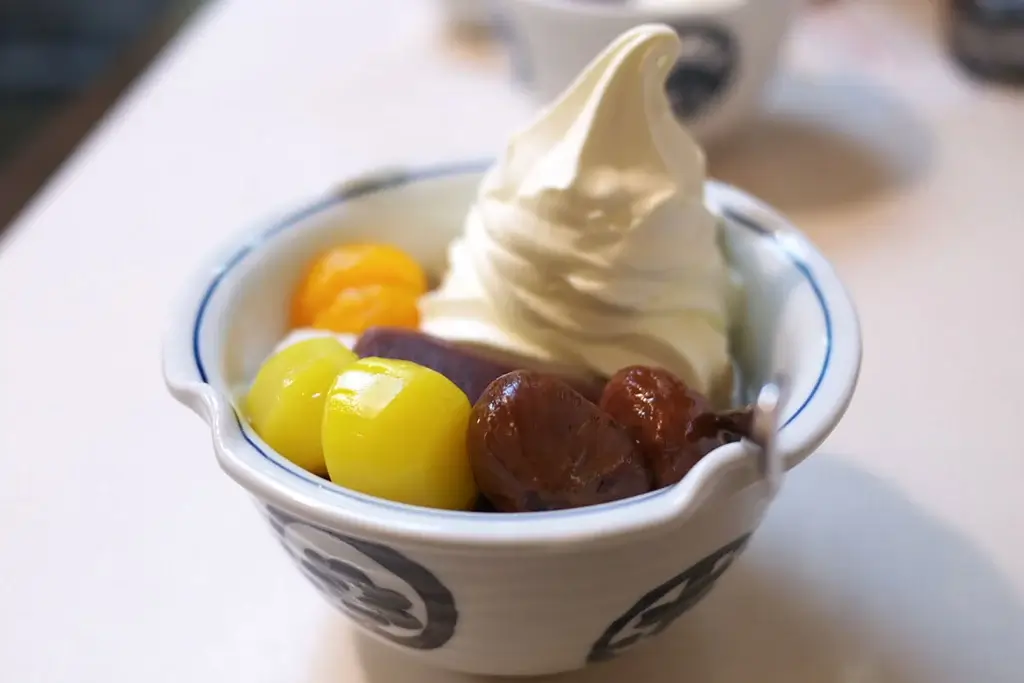
Imojin
Imojin, a cozy restaurant in Asakusa, Tokyo, is famous for its delicious anmitsu, a traditional Japanese dessert that combines different flavors and textures. Anmitsu is made with soft jelly, sweet red bean paste, and a mix of fresh fruits like strawberries, peaches, and mandarin oranges. It’s often topped with a sweet syrup and sometimes comes with a scoop of matcha or vanilla ice cream, making it a refreshing and tasty treat everyone can enjoy.
Why should I try anmitsu?
You should try anmitsu because it is an experience that reflects the elegance and simplicity of traditional Japanese desserts. Its combination of flavors and textures is refreshing and satisfying, making it a perfect treat for hot summer days or any time you crave something sweet and light. Plus, with its beautiful presentation, it is as pleasing to the eyes as it is to the palate.
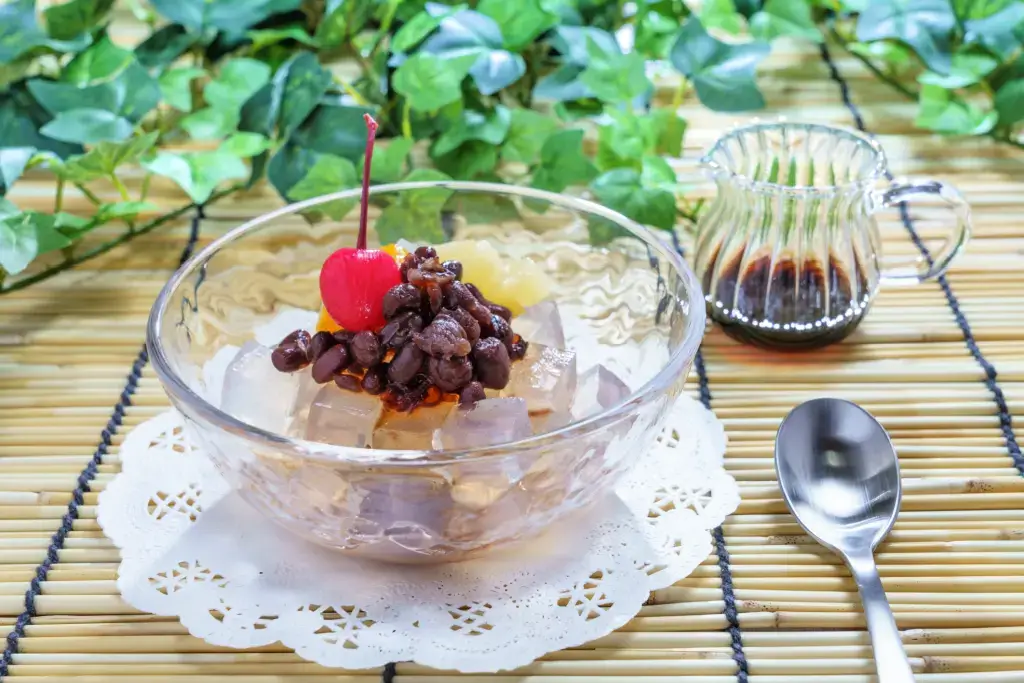
Its blend of agar jelly, sweet red bean paste, fresh fruits, and kuromitsu syrup offers a unique taste experience that’s both refreshing and satisfying. Whether you make it at home or enjoy it at a famous sweet shop like Mihashi, Imojin, or Ginza Wakamatsu, it is a treat sure to please. Have you ever tried anmitsu before? Have you ever made it at home? What did you think of it? Share your thoughts and experiences in the comments below!
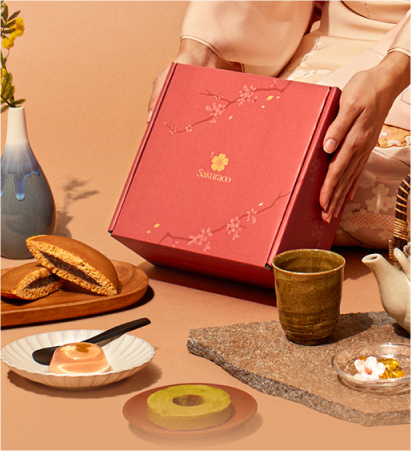
Discover authentic flavors with Sakuraco
Get Sakuraco 

Discover authentic flavors with Sakuraco
Get Sakuraco 
Related Articles
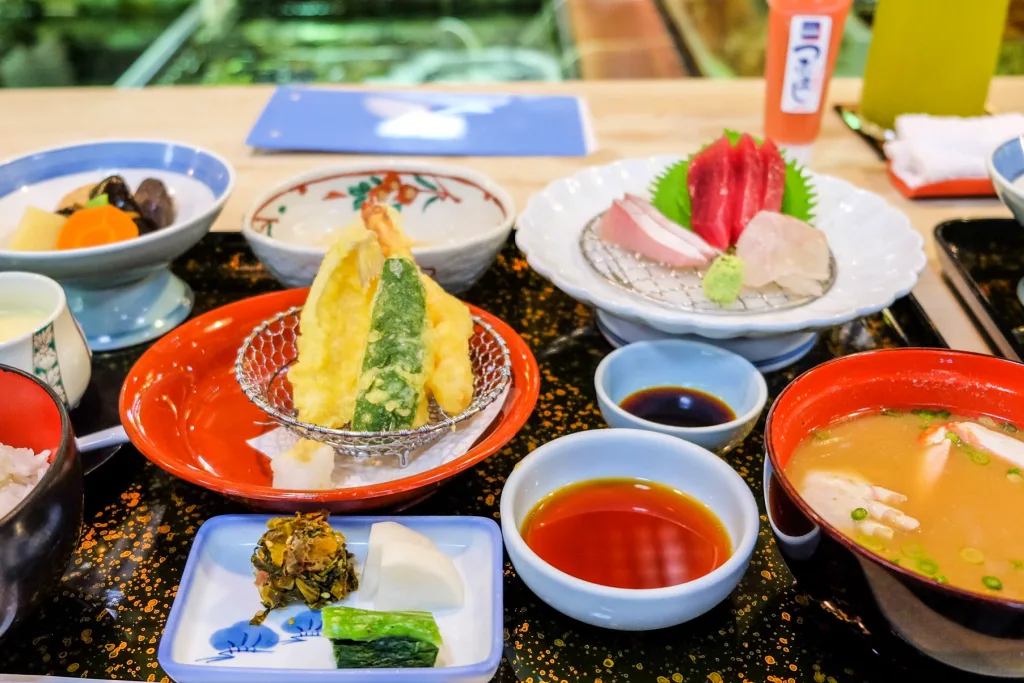
Kyushu Ramen and Sushi: More Great Dishes!
Kyushu Island is located at the southwestern tip of Japan. It is one of Japan’s main islands, and contains seven prefectures: Fukuoka, Saga, Nagasaki, Kumamoto, Oita, Miyazaki, and Kagoshima. Kyushu ramen and sushi are famous across the country, but there are many other tasty dishes from the region.
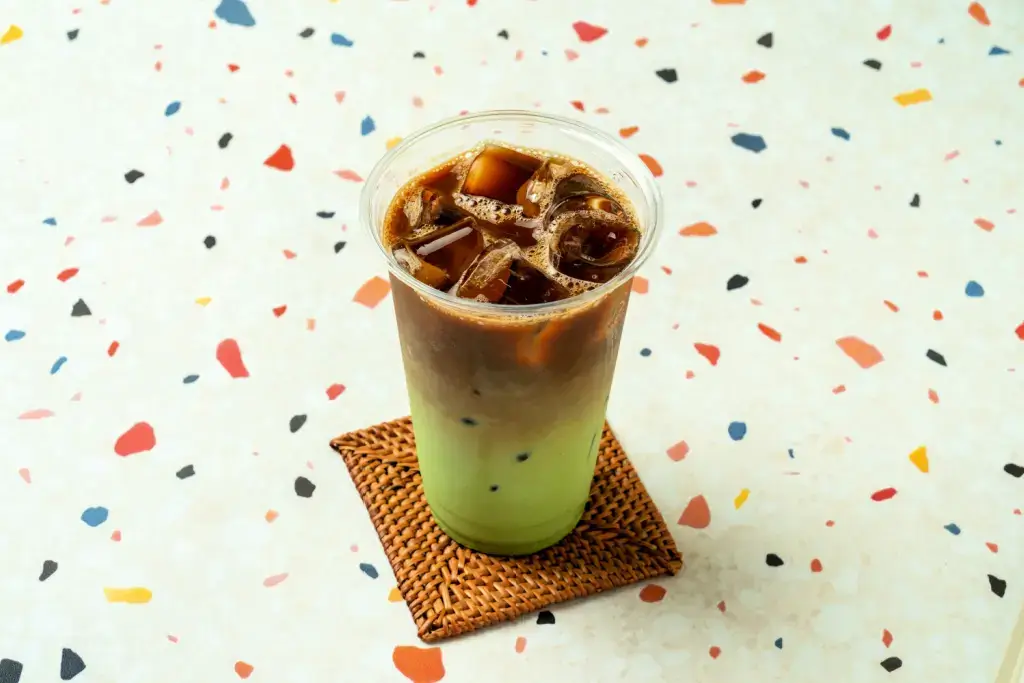
Japanese Coffee and Matcha: What’s the Difference?
Regarding traditional Japanese beverages, matcha (Japanese green tea) often takes center stage. Its vibrant green hue and deep, earthy flavor make matcha instantly recognizable.
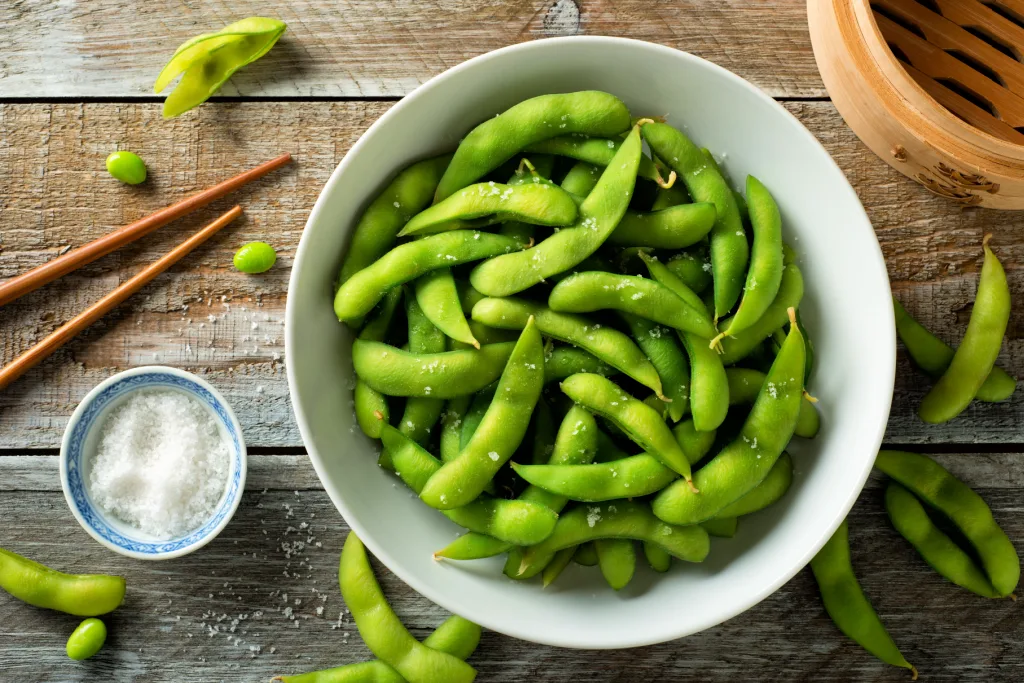
Healthy Snacks From Japan: Six Awesome Foods to Try!
Healthy snacks from Japan are made with natural ingredients and just the right flavor, from crispy seaweed full of vitamins to crunchy beans and nuts that give you energy. These snacks are great for munching without feeling too heavy. Pickled vegetables help your gut stay healthy, and konnyaku (konjac plant jelly ) is soft, chewy, and almost has no calories.
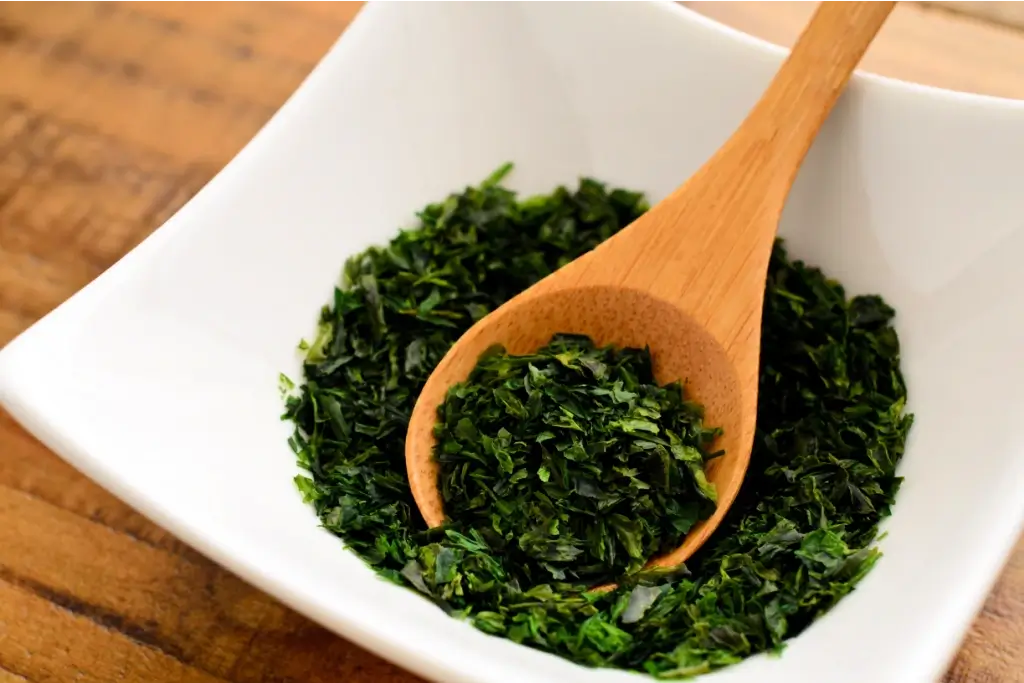
Aonori: Japan’s Unique Green Laver Seasoning
The ocean weed, aonori, may be simple in appearance, but its distinct properties set it apart from other “sea vegetables”. Unlike more bland ocean plants, its unique color, taste, smell, and texture are used to add flavor to foods. This makes it different from other seaweeds like wakame, which lack a strong flavor and aroma.



